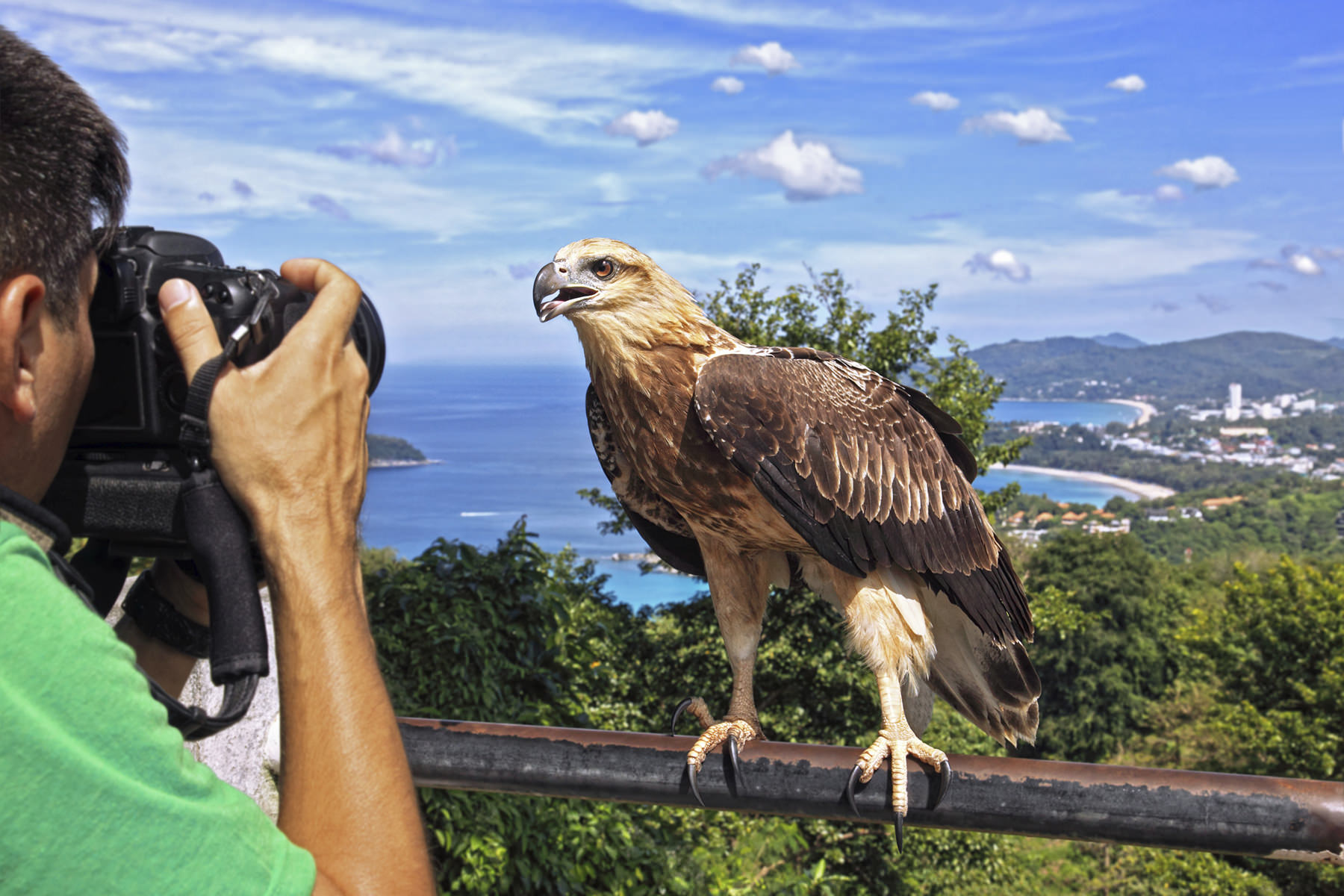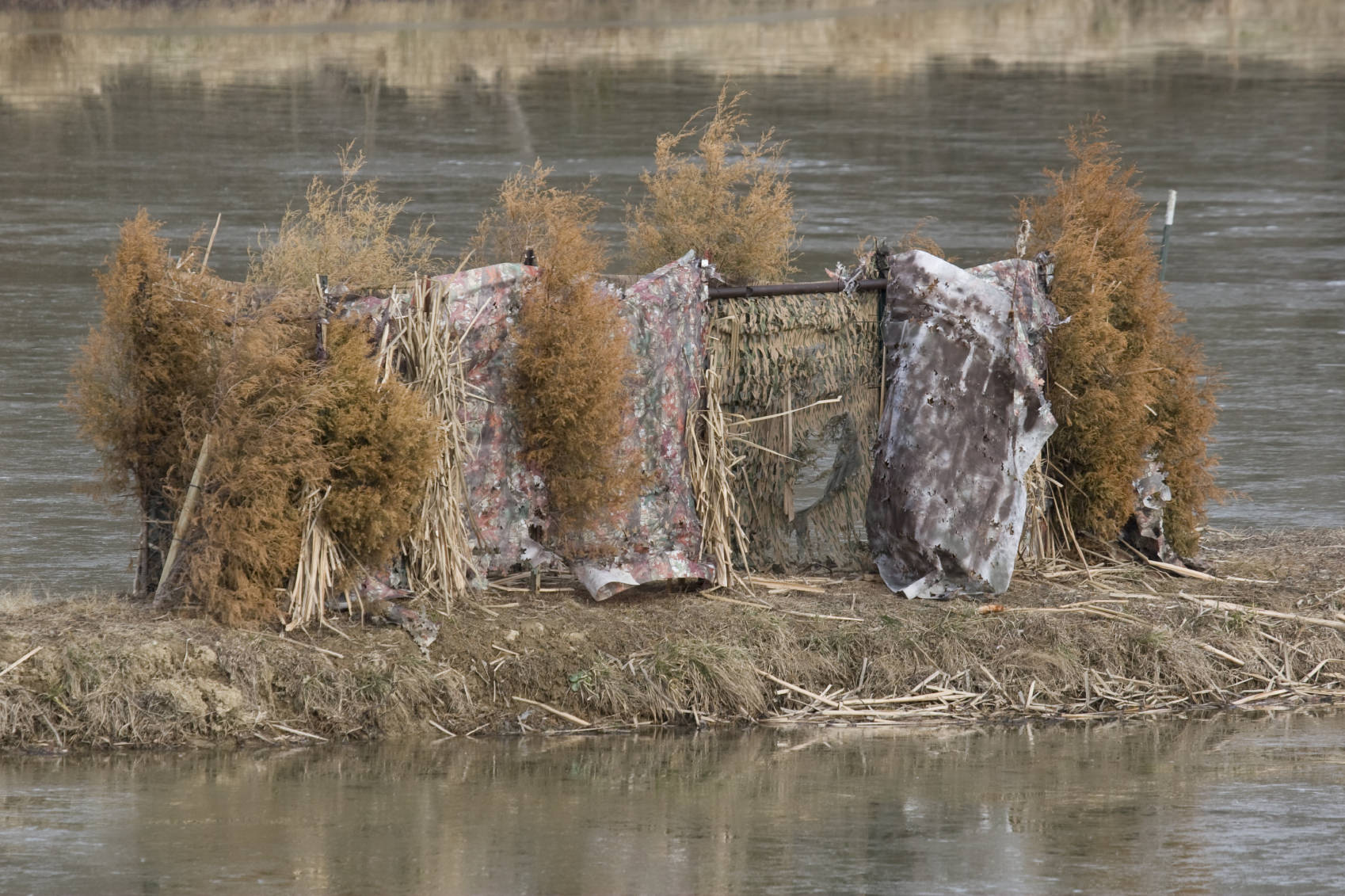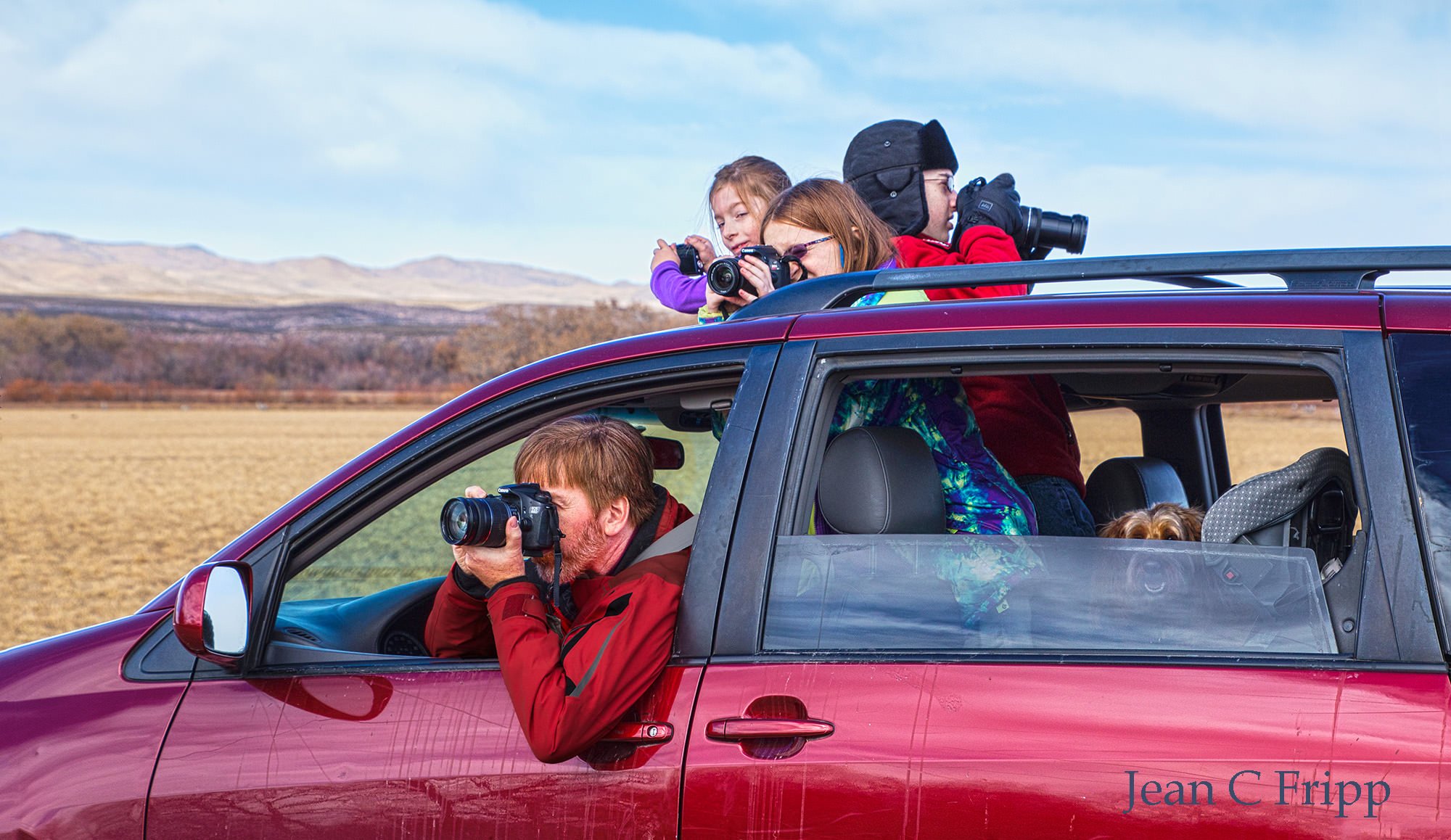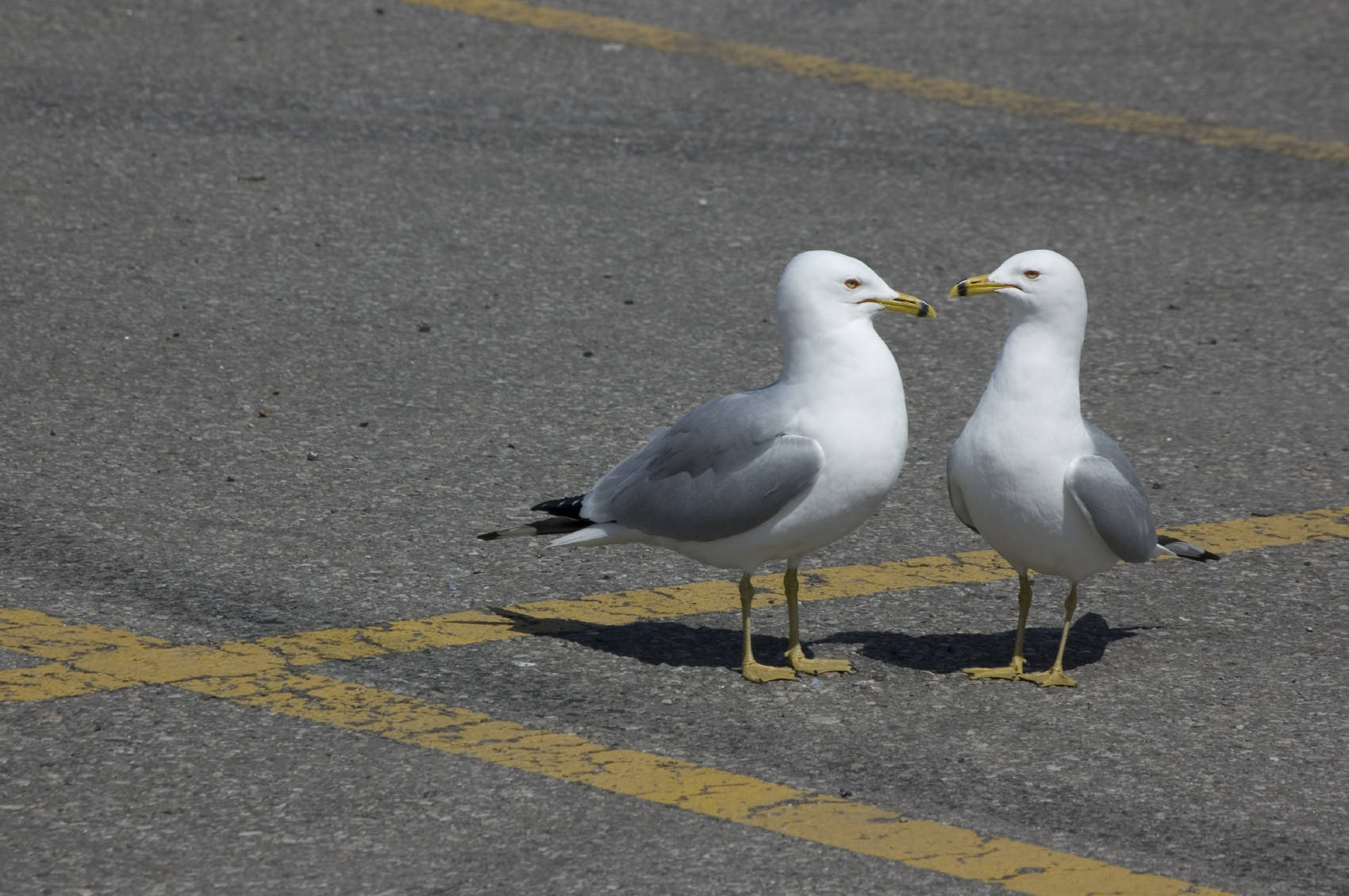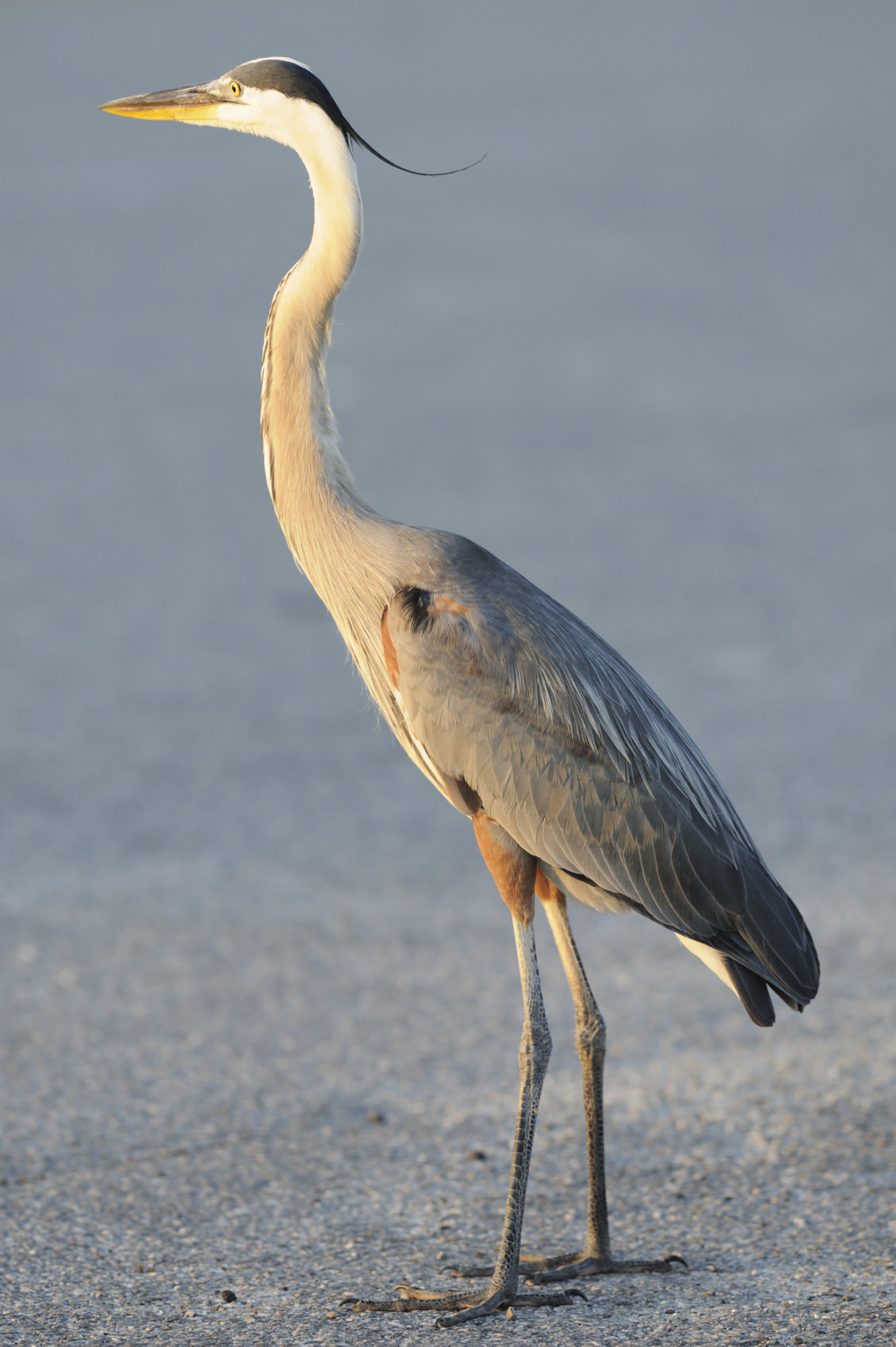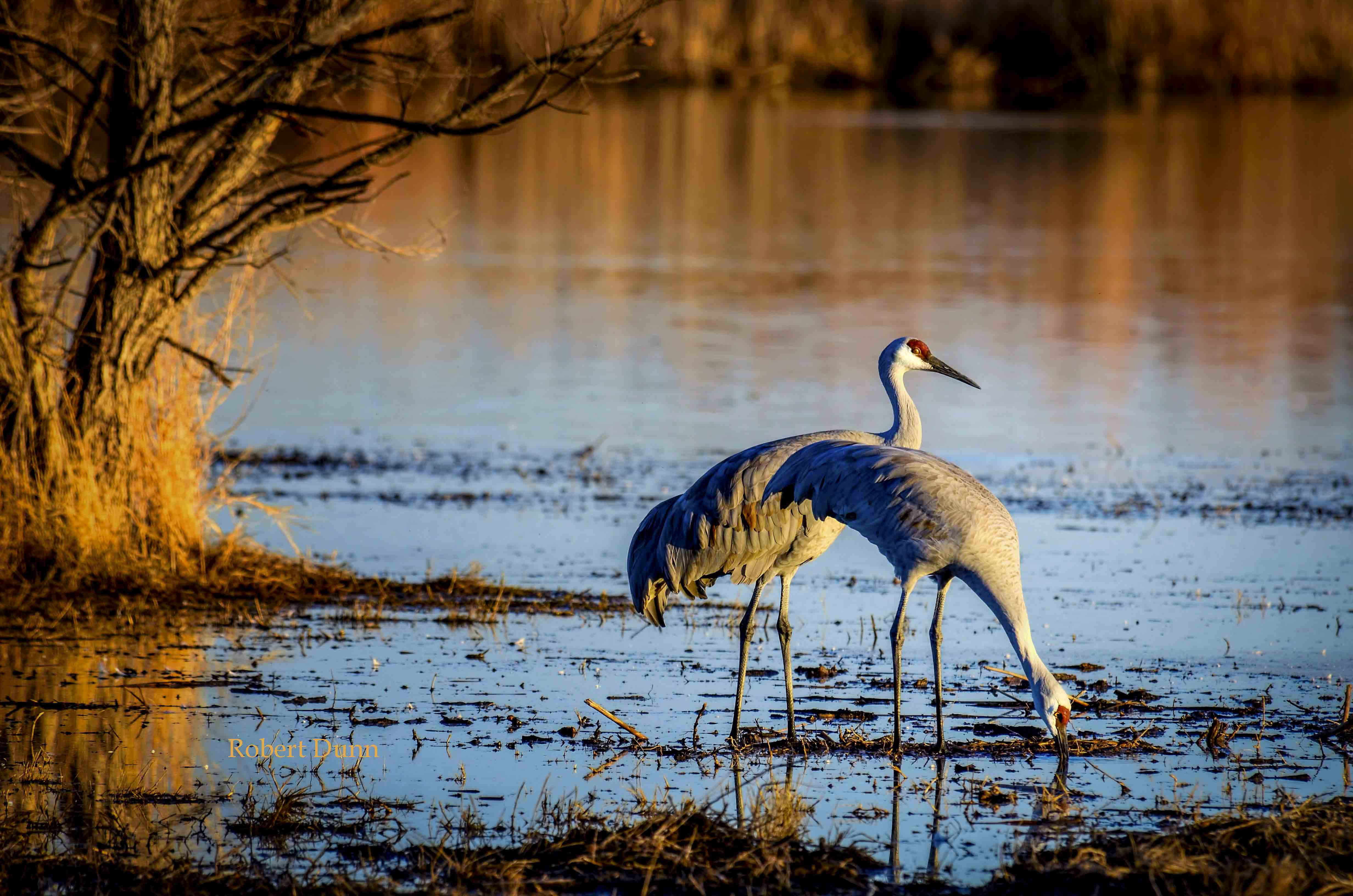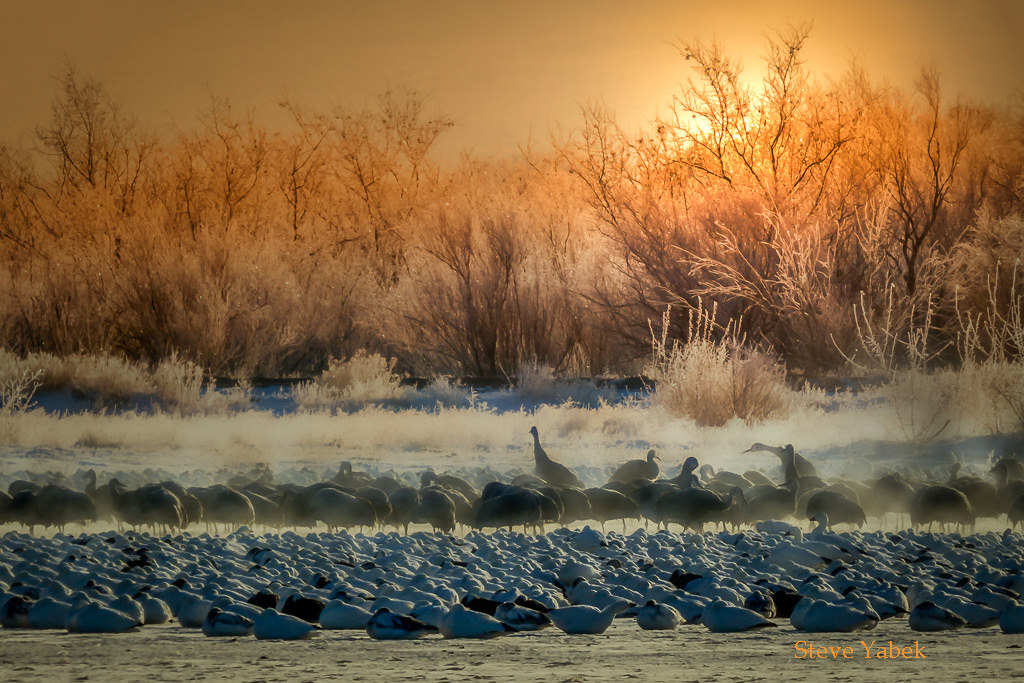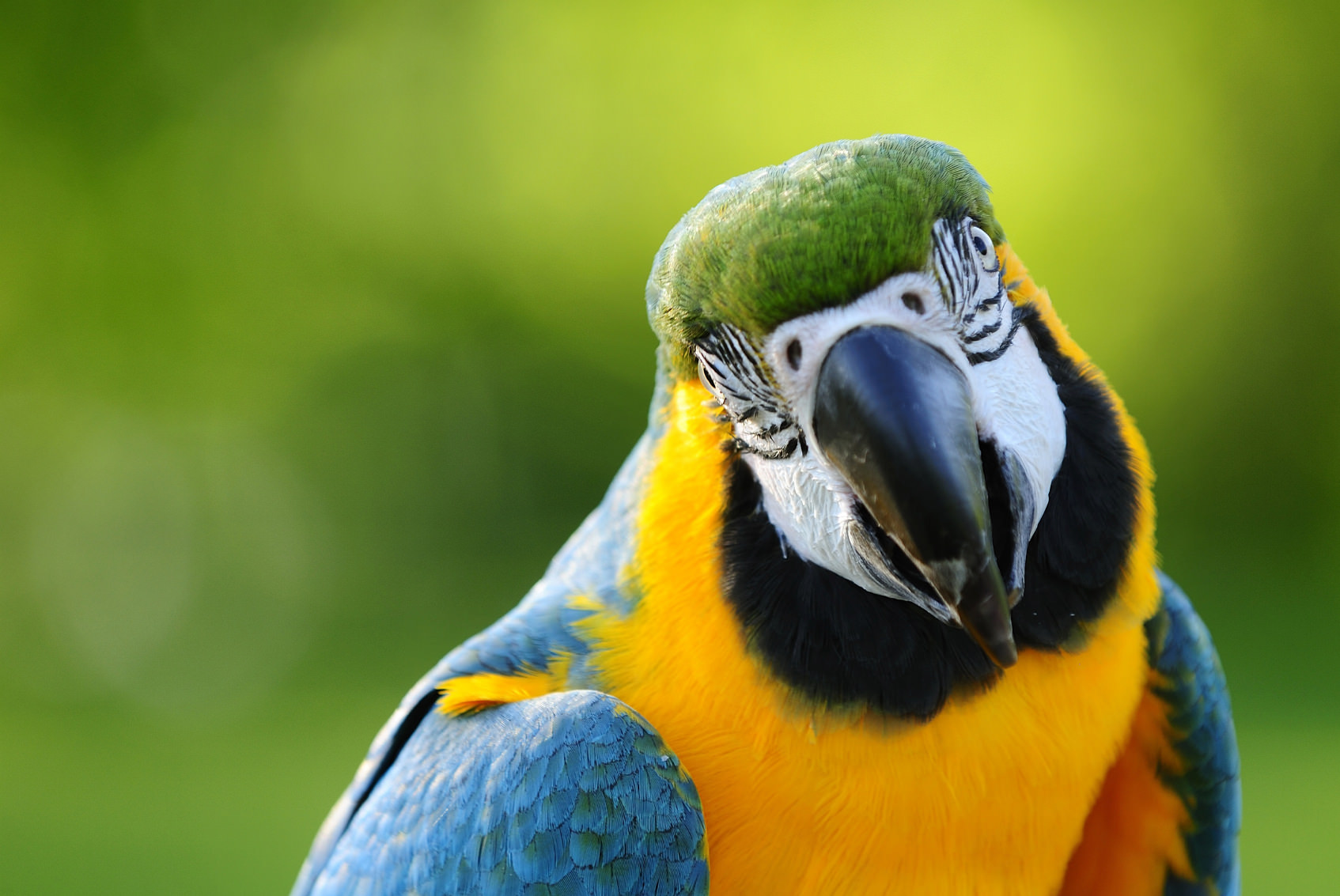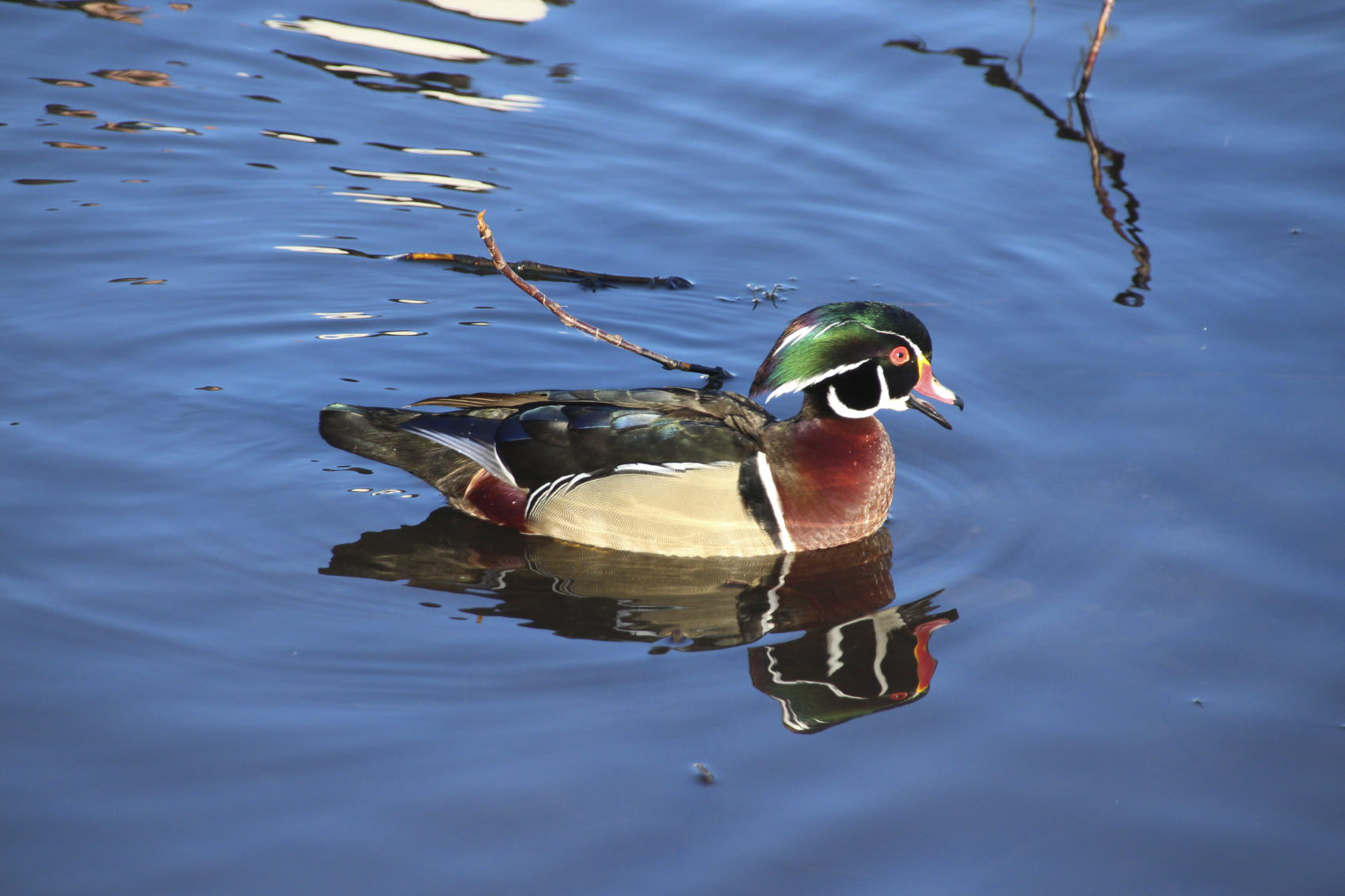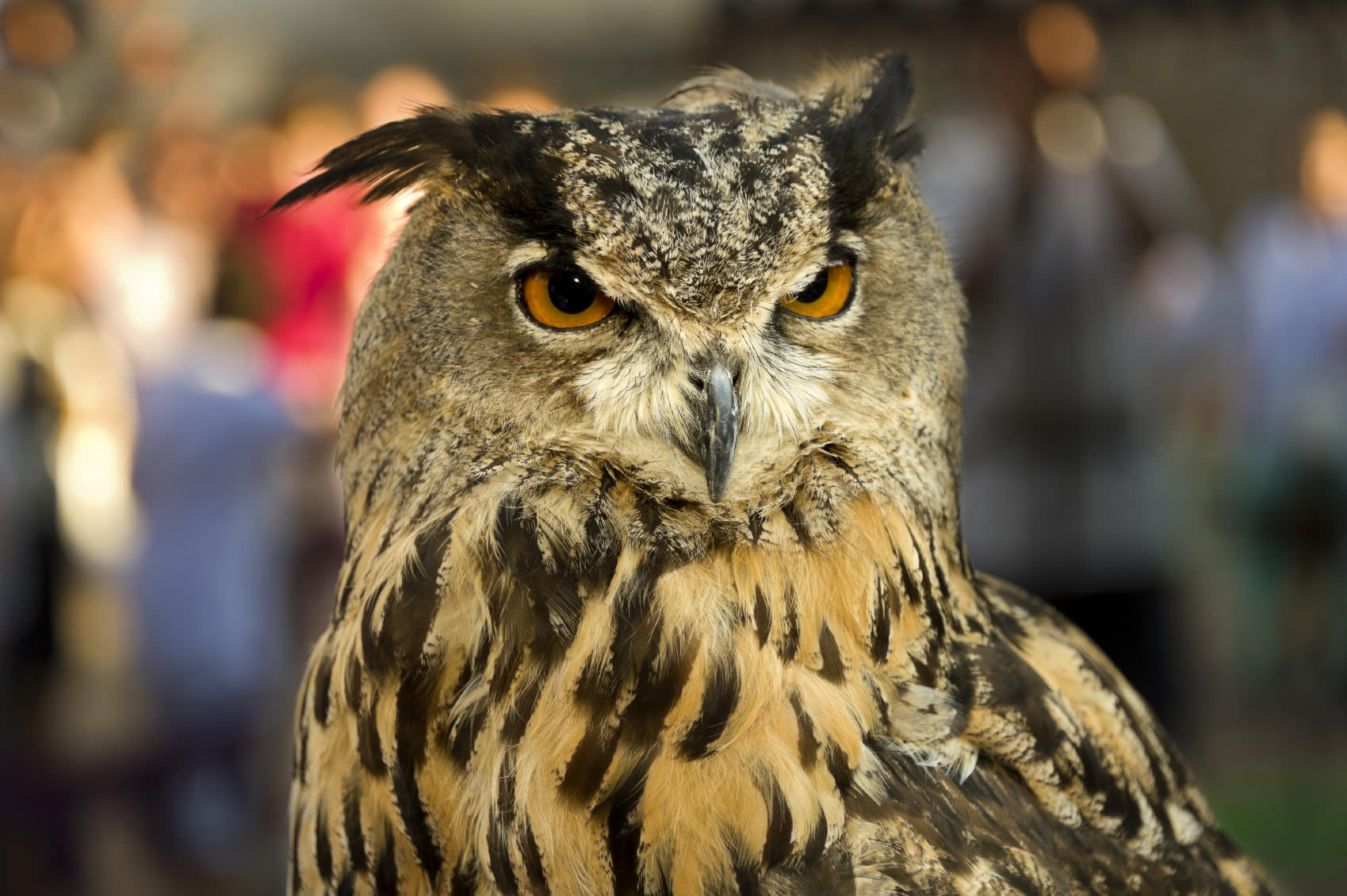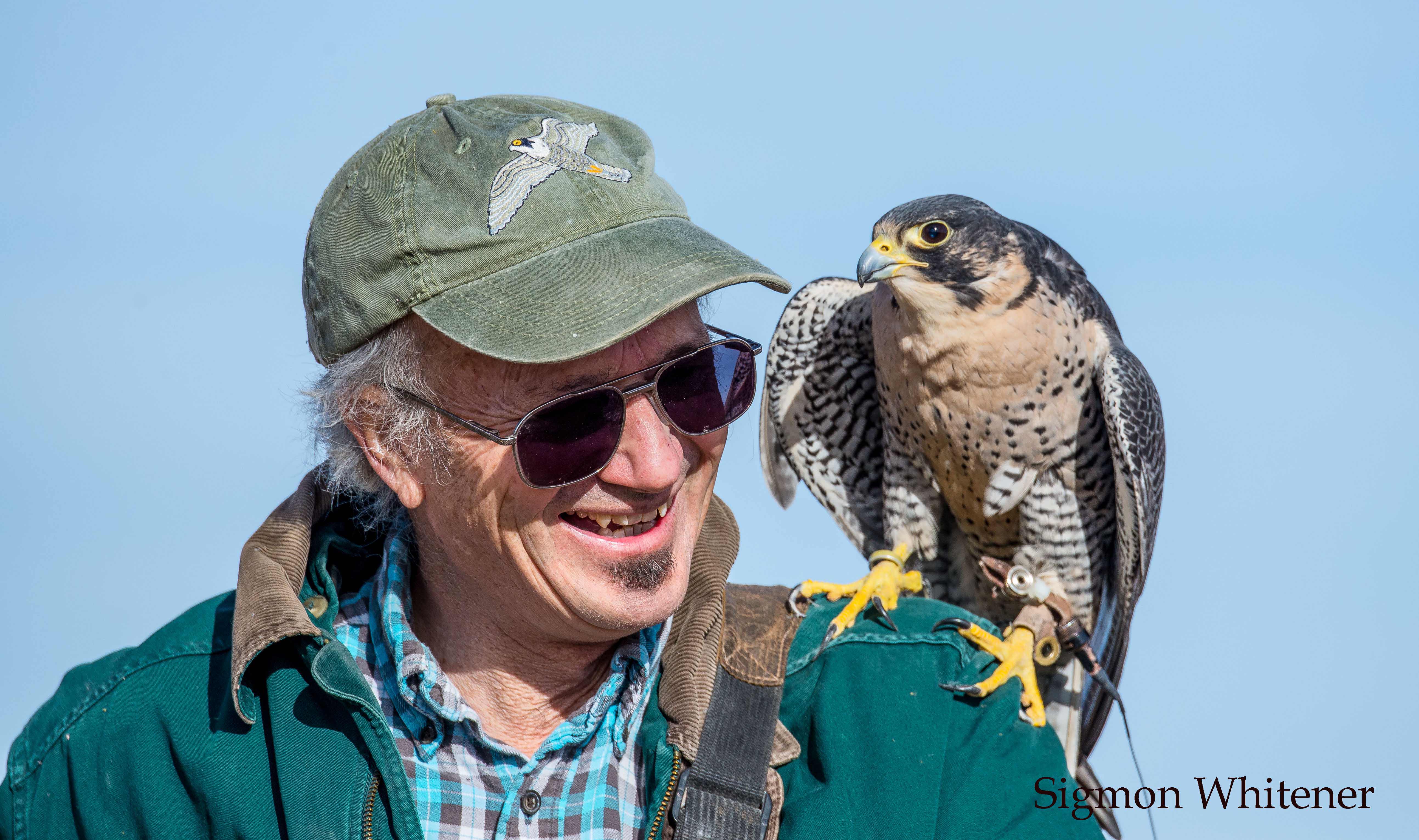7 Tips for Better Bird-in-Flight Photos
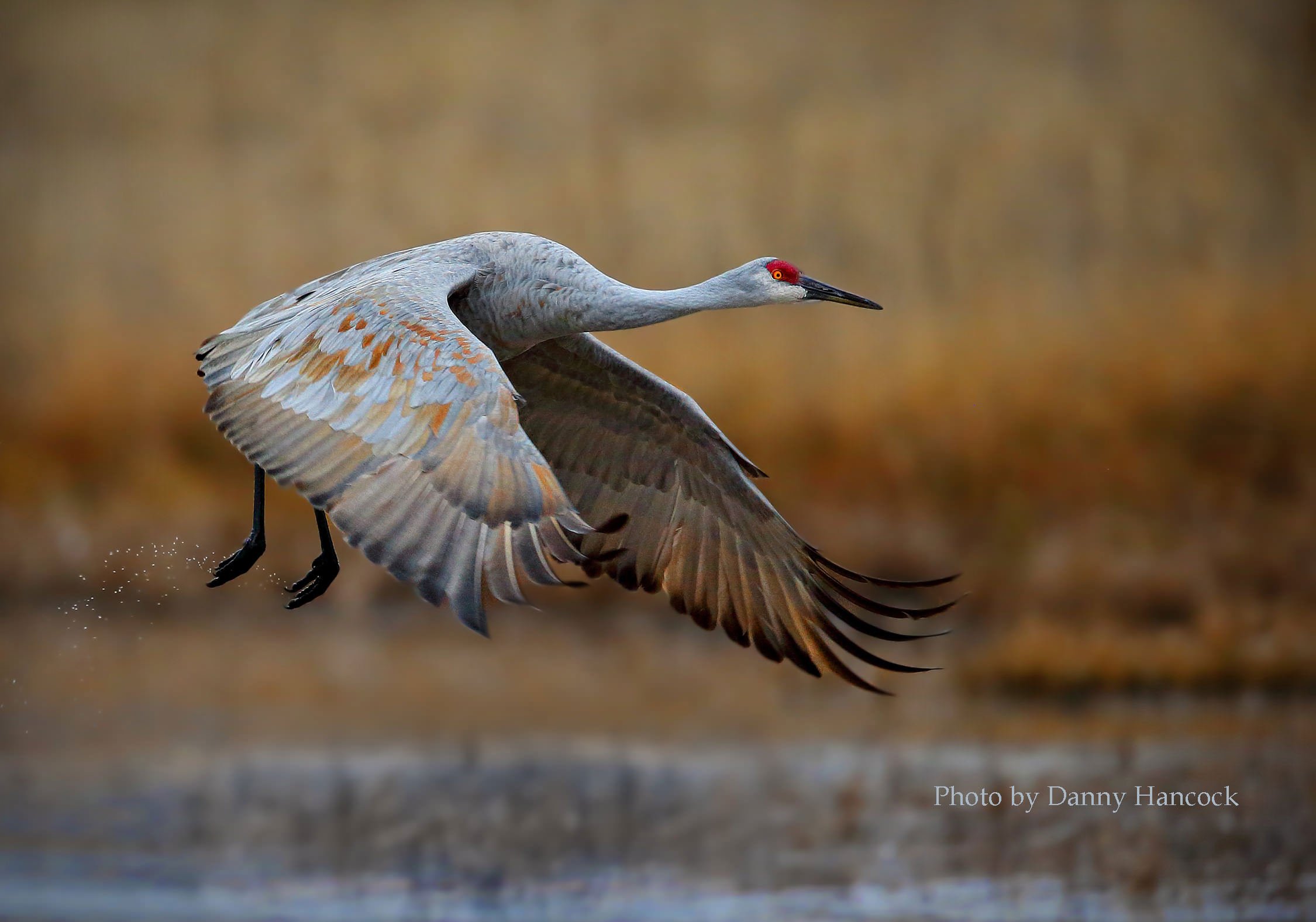 Photo ©Danny Hancock. All rights reserved. Photographed @ Bosque del Apache National Wildlife Refuge
Photo ©Danny Hancock. All rights reserved. Photographed @ Bosque del Apache National Wildlife Refuge
Birds are a challenging subject and when they're on the wing, they're probably one of the most difficult things in nature to capture well. On the other hand, getting that shot of a bird in flight just right is an incredibly rewarding experience. Getting it right is usually going to be more than just a matter of luck. Let's explore a few things that will help you improve the odds of getting that once-in-a-lifetime image.
Use the Best Lens you Can Afford
This is probably the first tip you'll find on any list or tutorial about bird photography and it's important enough to be first on this one, too. Yes, it's true that exceptional skills can overcome many of the limitations in photography gear, but with a subject like this one, those limitations can become real hurdles.
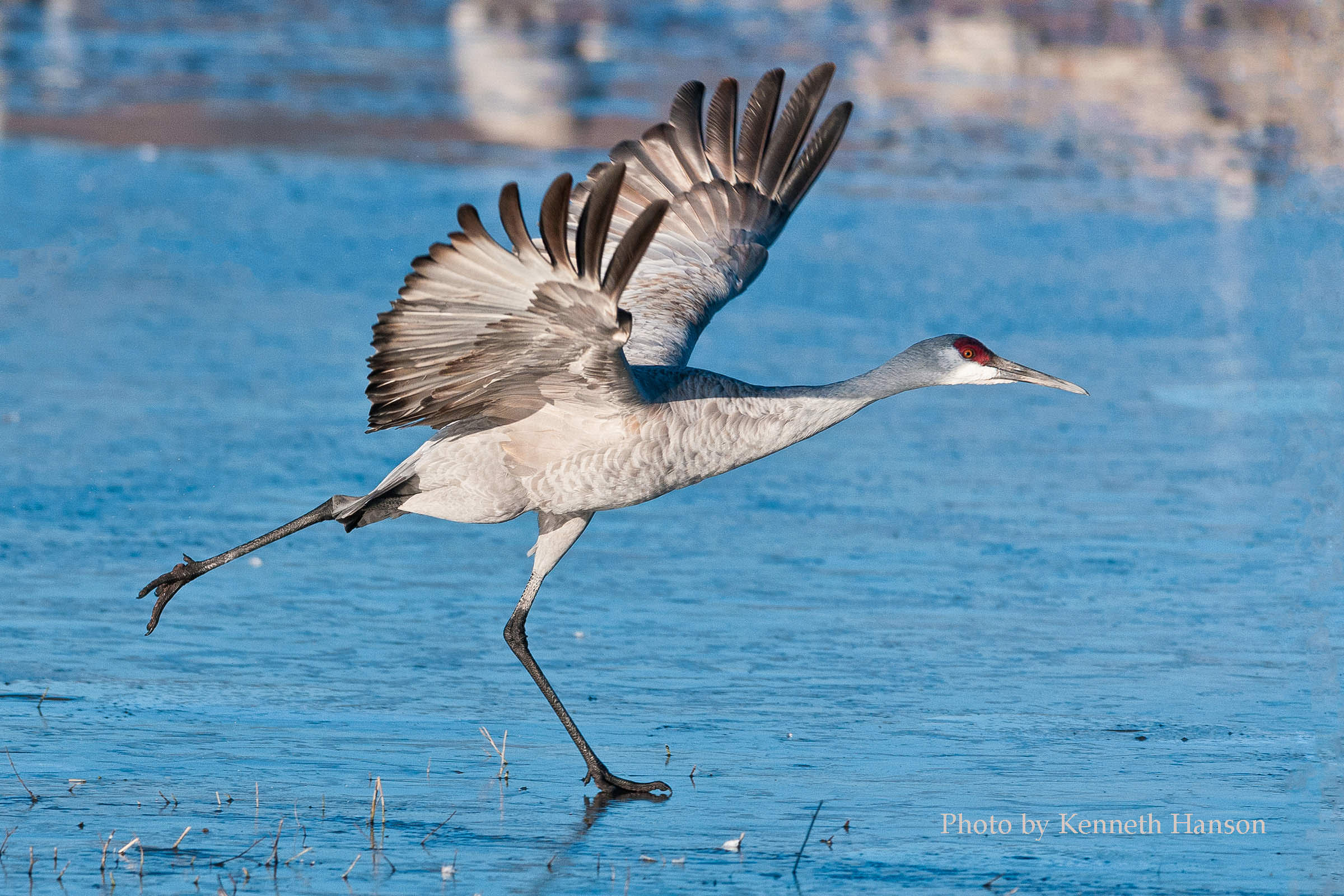
Photo ©Kenneth Hanson. All rights reserved. Photographed @ Bosque del Apache National Wildlife Refuge
Obviously, a fast lens is nice, but there's much more to consider. Chromatic aberration, distortion and other factors will really come into play in many of the lighting situations for these shots. You'll also want a lens with fast, quiet autofocus. Remember that prime lenses will cost less than zooms, so that's one way to save.
If all you can afford is your 75 – 300mm kit lens, then by all means, use it and expect to do a lot of culling and post-processing. If you have a little bigger budget, consider picking up a good quality prime lens with a minimum focal length of 400mm.
Stop Down
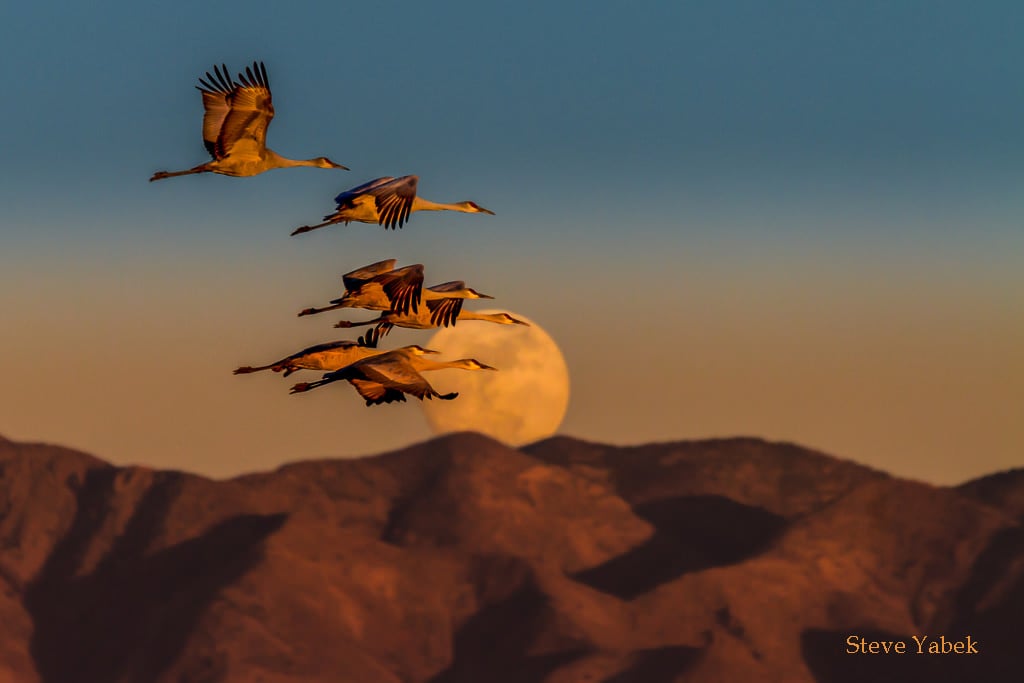
Photo ©Steve Yabek. All rights reserved. Photographed @ Bosque del Apache National Wildlife Refuge
You're going to want the highest possible shutter speed and the first thought for most photography is to open up the aperture. That's a good plan for birds at rest or even walking around on the beach. When your subject has its wings outstretched, however, you may need more depth of field for good overall sharpness. This is especially true with larger birds. Push your ISO up and keep your aperture near the sweet spot for your lens.
Continuous Focus with a Single AF Point
Most DSLRs will offer a continuous focusing mode, though it goes by different names (AI Servo for Canon, AF-C for Nikon). You're going to be panning with a fast-moving subject following an unpredictable path. By the time your autofocus system has made its adjustments, the distance will have changed. Set your AF mode to continuous and set a single AF point as active. Line up that point on your subject and press the shutter release halfway, then hold it while you follow the subject, until you take the shot.
Continuous Shutter in Short Bursts
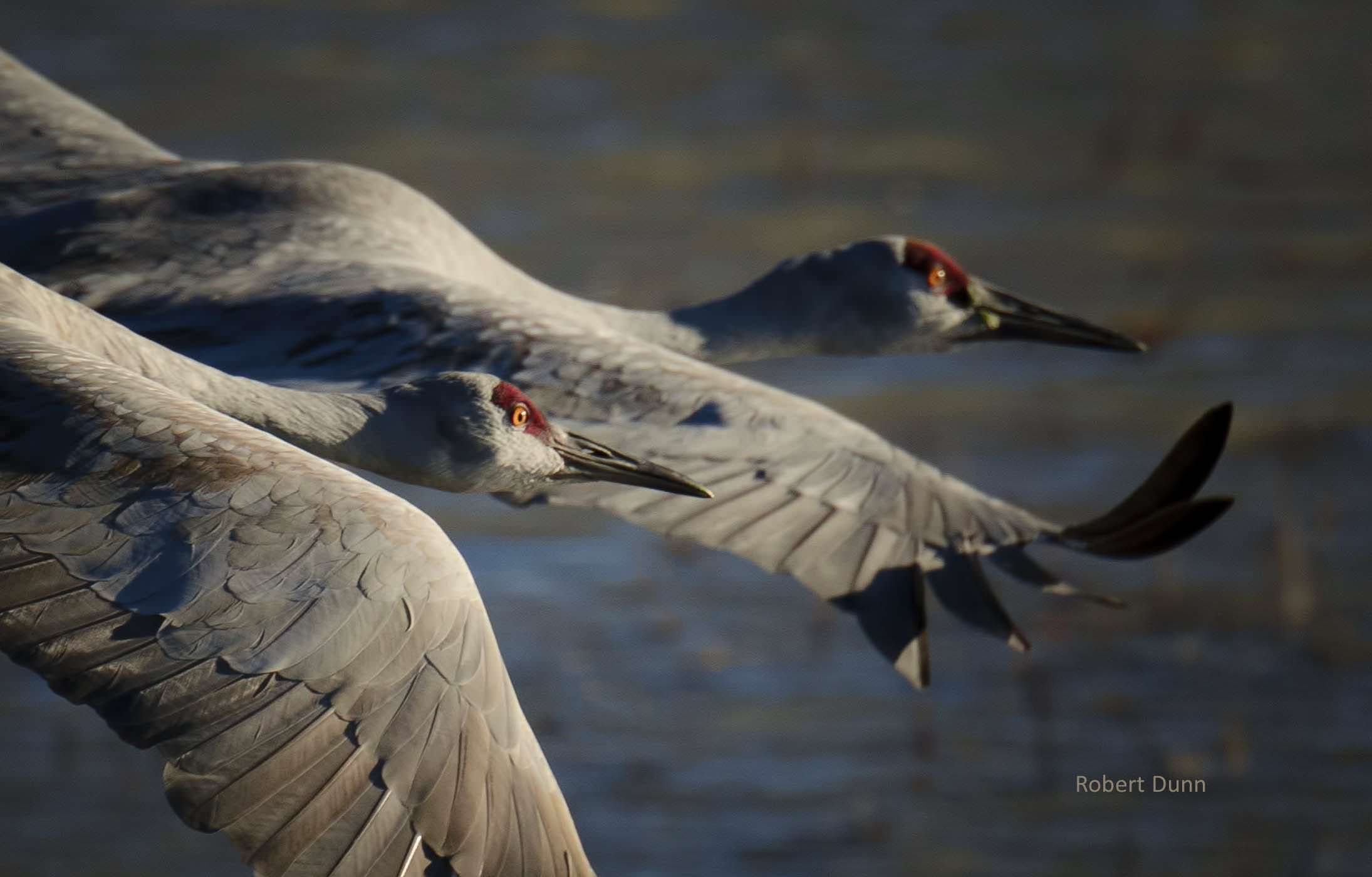
Photo ©Robert Dunn. All rights reserved. Photographed @ Bosque del Apache National Wildlife Refuge
Setting your shutter to continuous mode will help you capture the right instant when you do press the shutter release, but firing off 10 or 12 panning shots is only going to fill your camera's buffer as well as result in out-of-focus shots. Take two or three shots at the moment you want to capture and then let go.
Follow Through
Many novices stop panning when they start shooting and that's going to result in blurred pictures every time. Always continue with a nice, fluid motion while holding the shutter release and for a second after you release it.
Turn your IS/VR Off
This one is bound to raise a few eyebrows. You're shooting hand-held with a big lens and I'm telling you to disable your image stabilization. Here's the thing: You should be shooting at very high shutter speeds, especially if you're having trouble panning smoothly. That means that camera shake isn't going to be a huge factor. Meanwhile, image stabilization/vibration reduction can slow down your autofocus.
If your shutter speeds are dropping below 1/500sec or so, you may want IS on. Otherwise, switching it off will speed up your focusing system and your shots.
Learn to Anticipate
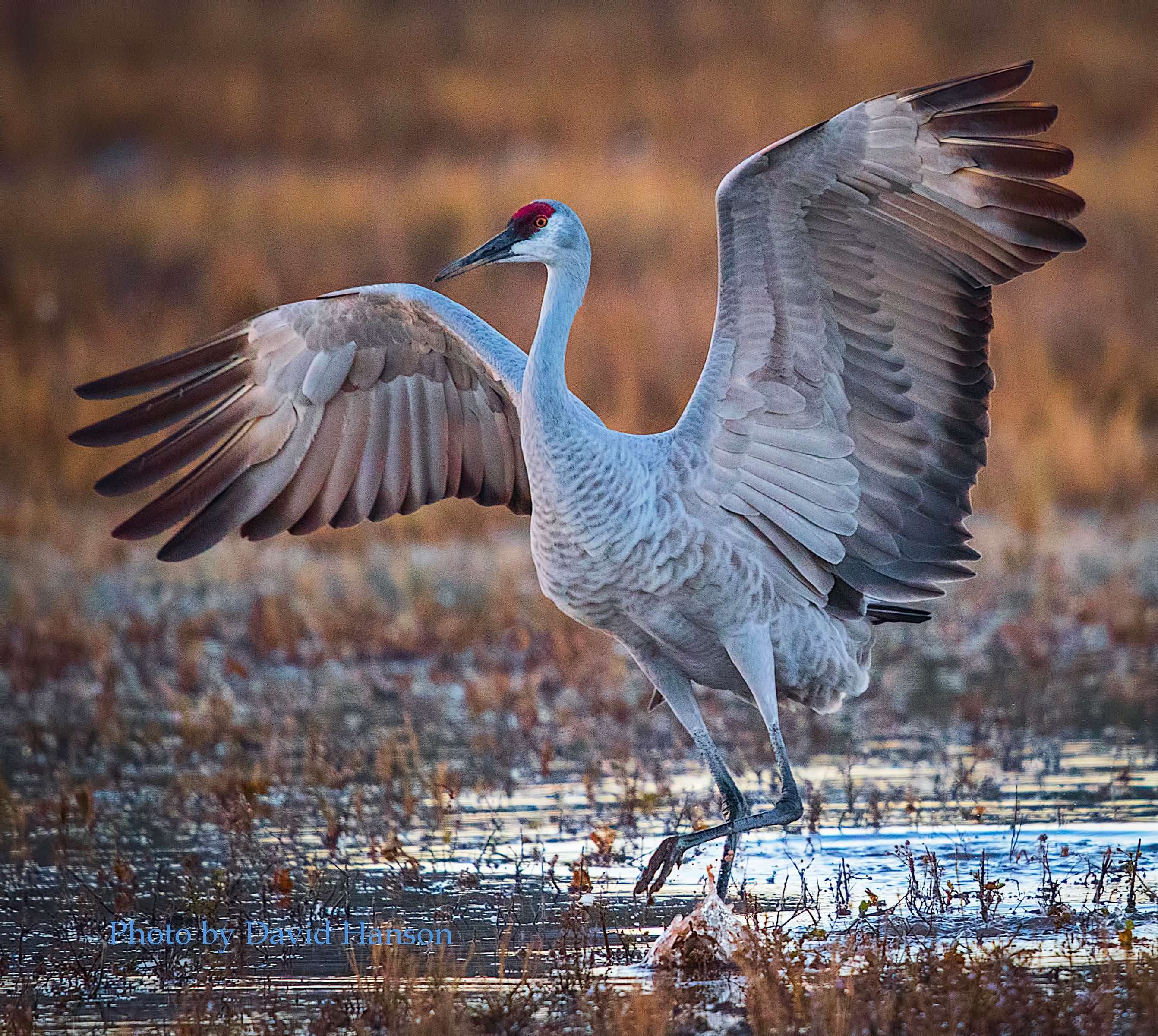
Photo ©David Hanson. All rights reserved. Photographed @ Bosque del Apache National Wildlife Refuge
This tip covers a lot of area. Most of the work for a successful in-flight shot happens before the shot. You should be thinking ahead from the get-go: Is that perched bird going to fly? Focus on it while it's still and hold the shutter release. What kind of background will be behind the flight path? Maybe you need to adjust your position. Is it about to land or grab its prey? Wait for the instant just before to start shooting.
Bonus Tip: Location, Location, Location!
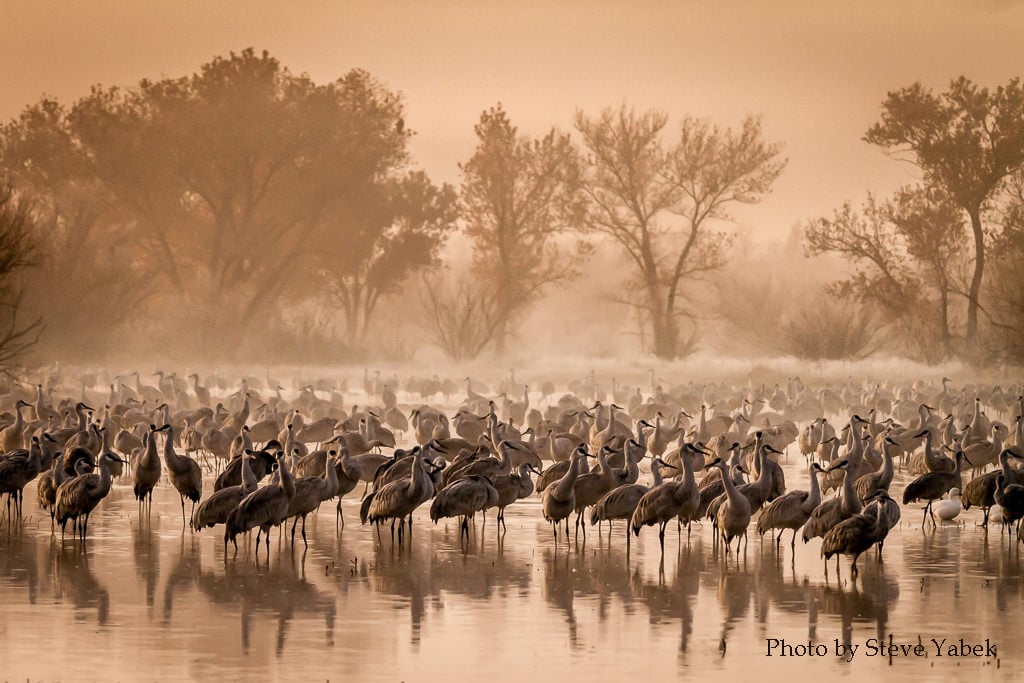
Photo ©Steve Yabek. All rights reserved. Photographed @ Bosque del Apache National Wildlife Refuge
Often, the key to getting the right shot is being in the right place at the right time. One of the best places and times we know for improving your bird-in-flight techniques with plenty of subject matter is the annual Festival of the Cranes presented by Friends of the Bosque del Apache National Wildlife Refuge in New Mexico.
This unique annual event offers amazing, up-close-and-personal opportunities for photos of large migratory birds, particulalry the beautiful Sandhill Crane. Not only are there thousands of cranes, ducks and geese in a picturesque New Mexico setting, you'll have the opportunity to work with and learn from 12 seasoned professional bird photographers. There are over 300 seats available in 25 workshops over a 6-day period in November. Registration opens in September, so those seats will fill up fast! Visit the Festival of the Cranes website today to find out what's offered and be ready to register!

